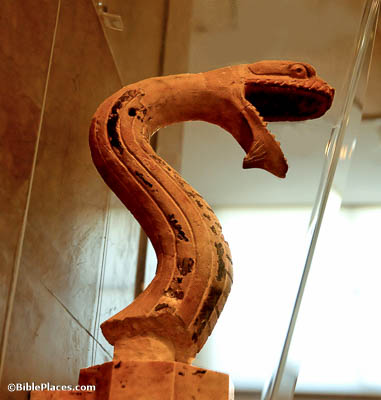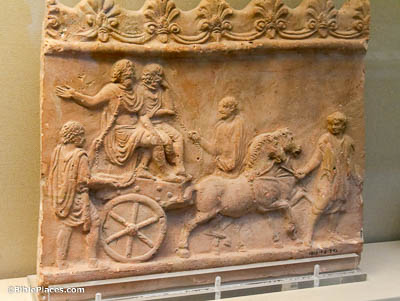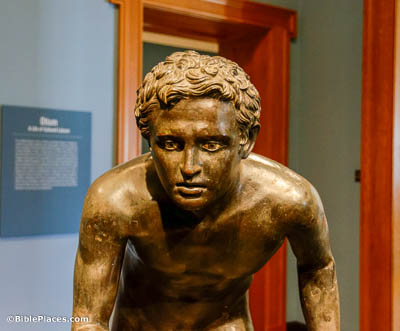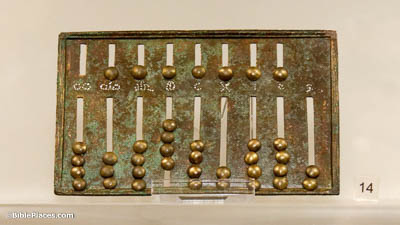And I saw a beast coming up out of the sea (Revelation 13:1).
“The sea” here is likely a reference to the Mediterranean Sea, and points to the rise of this beast from a Gentile country in the Mediterranean region. Mount Casius, known today as Jebel el-Aqra, was the home of Baal, according to Ugaritic literature. Located about 25 miles (40 km) north of Ras Shamra (ancient Ugarit), the “mountain of the north (ṣapānu)” referred specifically to this mountain. In the Greco-Roman period, this mountain was believed to be the home of Zeus.





